Best of The Brink 2024: BU’s 10 Most-Read Science and Research Stories
COVID (still) and immigration draw the most views, but readers were also captivated by superagers sharing their secrets of living to 100 and a BU-developed device to help detect skin cancer

Photos by Jackie Ricciardi, Cydney Scott, and via iStock/sibway
Best of The Brink 2024: BU’s 10 Most-Read Science and Research Stories
COVID (still) and immigration draw the most views, but readers were also captivated by superagers sharing their secrets of living to 100 and a BU-developed device to help detect skin cancer
Who do you trust when you need help making sense of the nation’s biggest stories, like immigration, or when you crave advice on topics such as dealing with cold symptoms or saving for retirement? Judging by The Brink’s most-read science and research stories in 2024, many turn to Boston University experts.
This year, healthcare stories dominated our top 10 most-read list, as readers sought the latest on COVID or checked out BU research and perspectives on healthy aging, Alzheimer’s, Parkinson’s, schizophrenia, and skin cancer. Articles on research related to economics and immigration also struck a chord, particularly during an election season filled with big promises—and plenty of misinformation—on both.
These are the top 10 most-read stories The Brink published in 2024.

1
At the start of the year, when the US Centers for Disease Control and Prevention cut the COVID isolation period to just 24 hours, we asked a BU virologist, epidemiologist, and physician whether the coronavirus had tipped into the endemic stage—still a concern, but under control. They all had different takes, but all agreed it was important to remain vigilant.
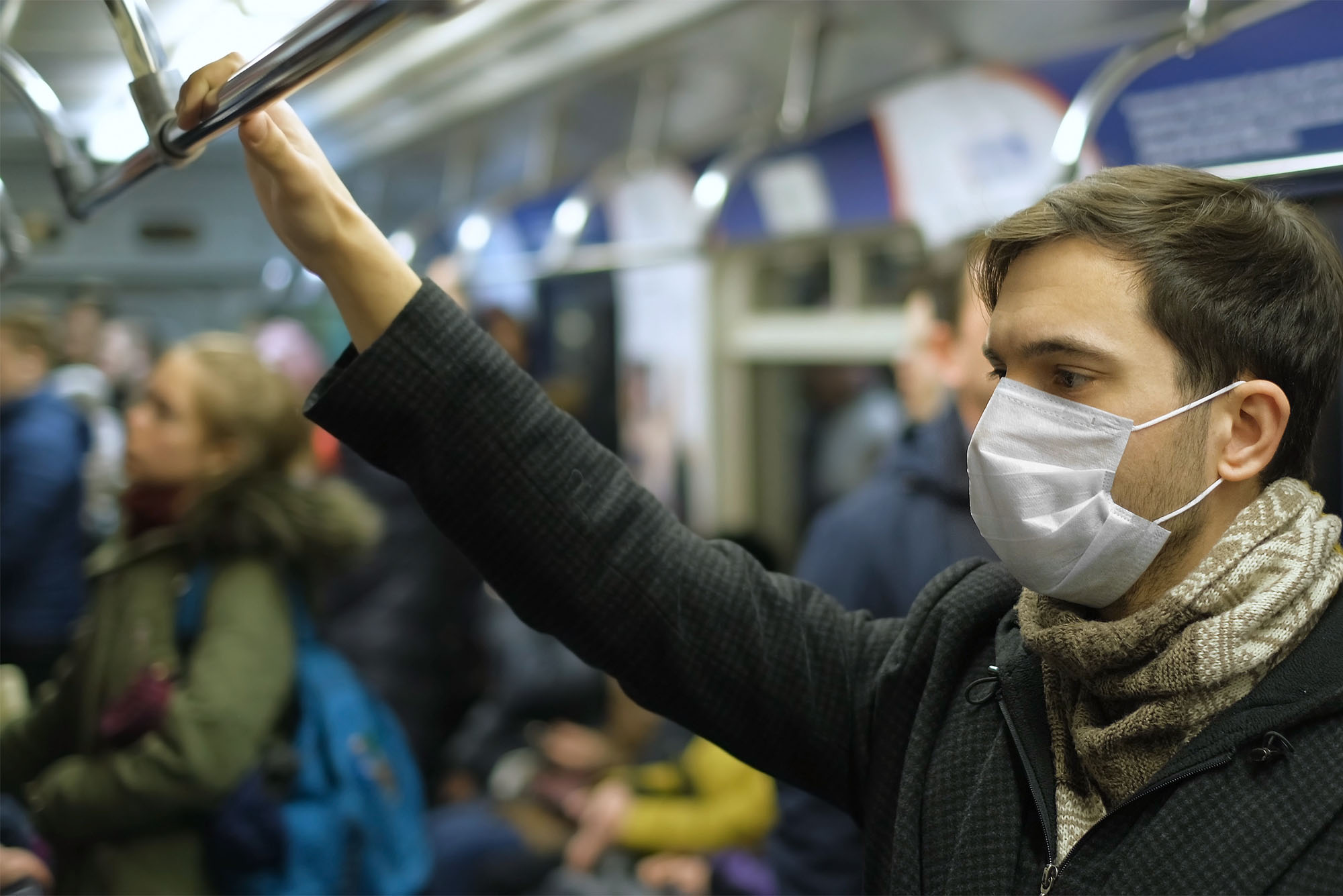
2
If you’ve got some combination of stuffy nose, scratchy throat, fatigue, or fever, it can be hard to work out what’s knocking you back—a plain old common cold, or something more concerning. BU infectious diseases expert David Hamer helped spell out the differences between COVID, the flu, and a cold.
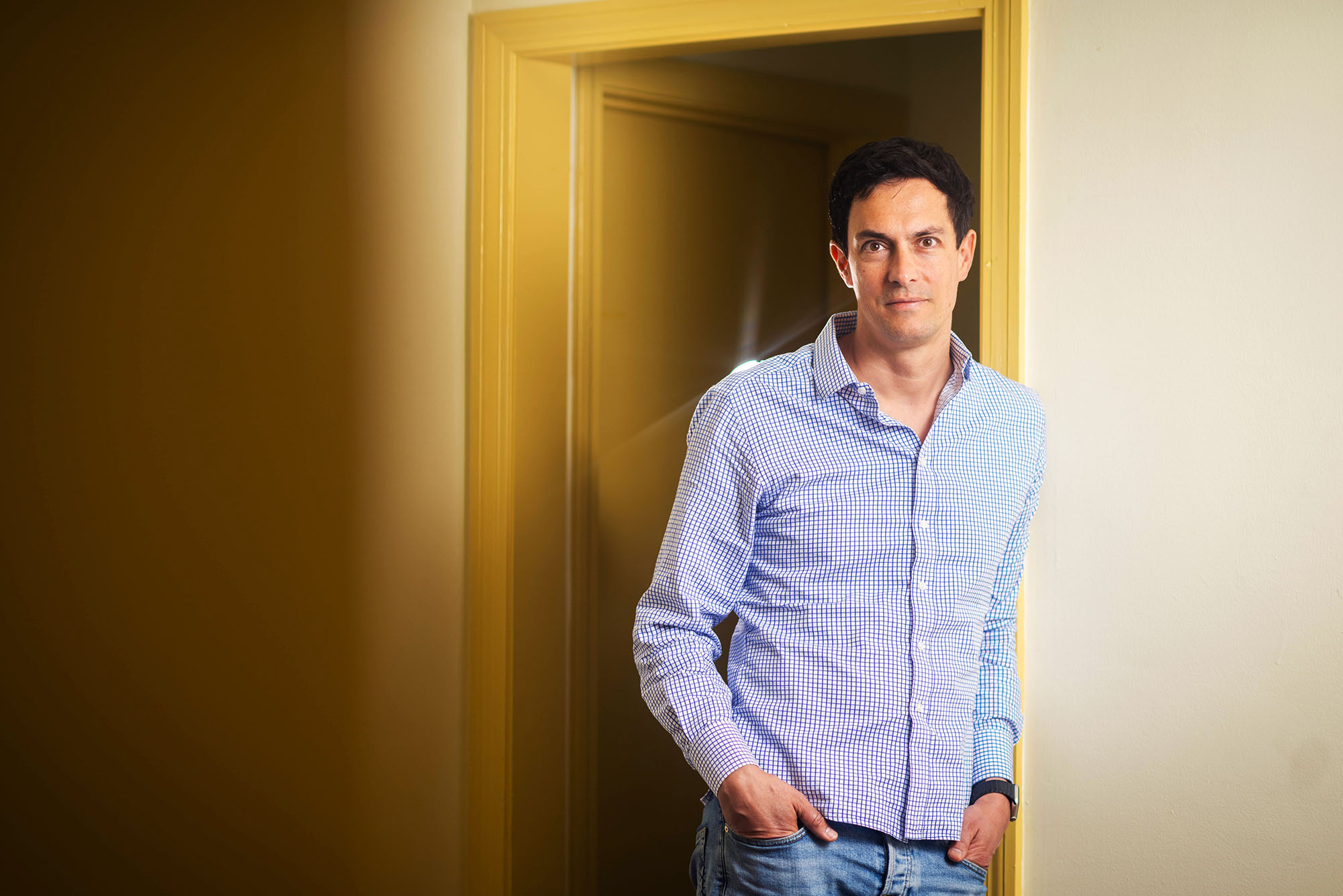
3
With immigration top of mind for many voters during the presidential election season, BU economist Tarek Hassan’s research on the impact of migration on wages and economic growth hit home. He’s found that immigration can boost innovation and pay in a local area—and even have a positive effect on trade that can last 100 years.
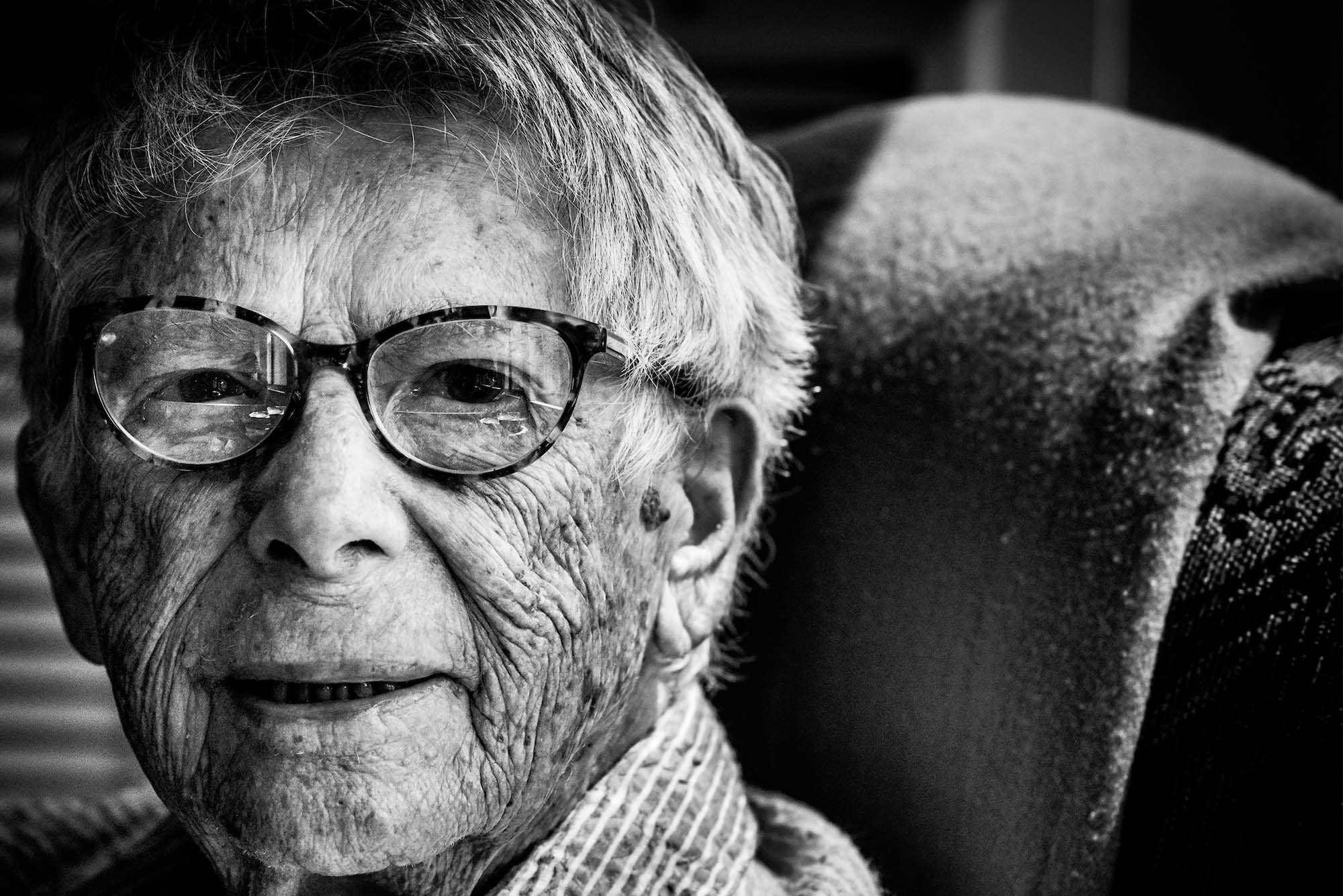
4
For the past three decades, BU’s New England Centenarian Study has investigated superagers—long-lived individuals who hit their century in style. Thanks to their research, they’ve compiled a list of seven behavioral and other factors that could help more of us enjoy longer and healthier lives.
5
It’s great if you can live to 100, but will you be able to afford to? From a creaking Social Security system to poor financial advice to systemic inequality, saving for retirement is hard—and most middle- and working-class people don’t (or can’t) save enough. BU experts on aging, economics, and brain function in later life shared their ideas for taking on retirement challenges at the national and individual levels.

6
BU’s Center for Neurorehabilitation is a nationally renowned hub for Parkinson’s research, education, and care that’s pioneered a range of new approaches to help patients with the brain disorder. One of its latest breakthroughs is wearable soft robotic apparel that helps turn shuffled steps into confident strides. But the work couldn’t happen without the patients and volunteers who dedicate their time to supporting its research. The article’s compelling video of a patient sharing their story of taking on Parkinson’s won a Council for Advancement and Support of Education Best of District I award.
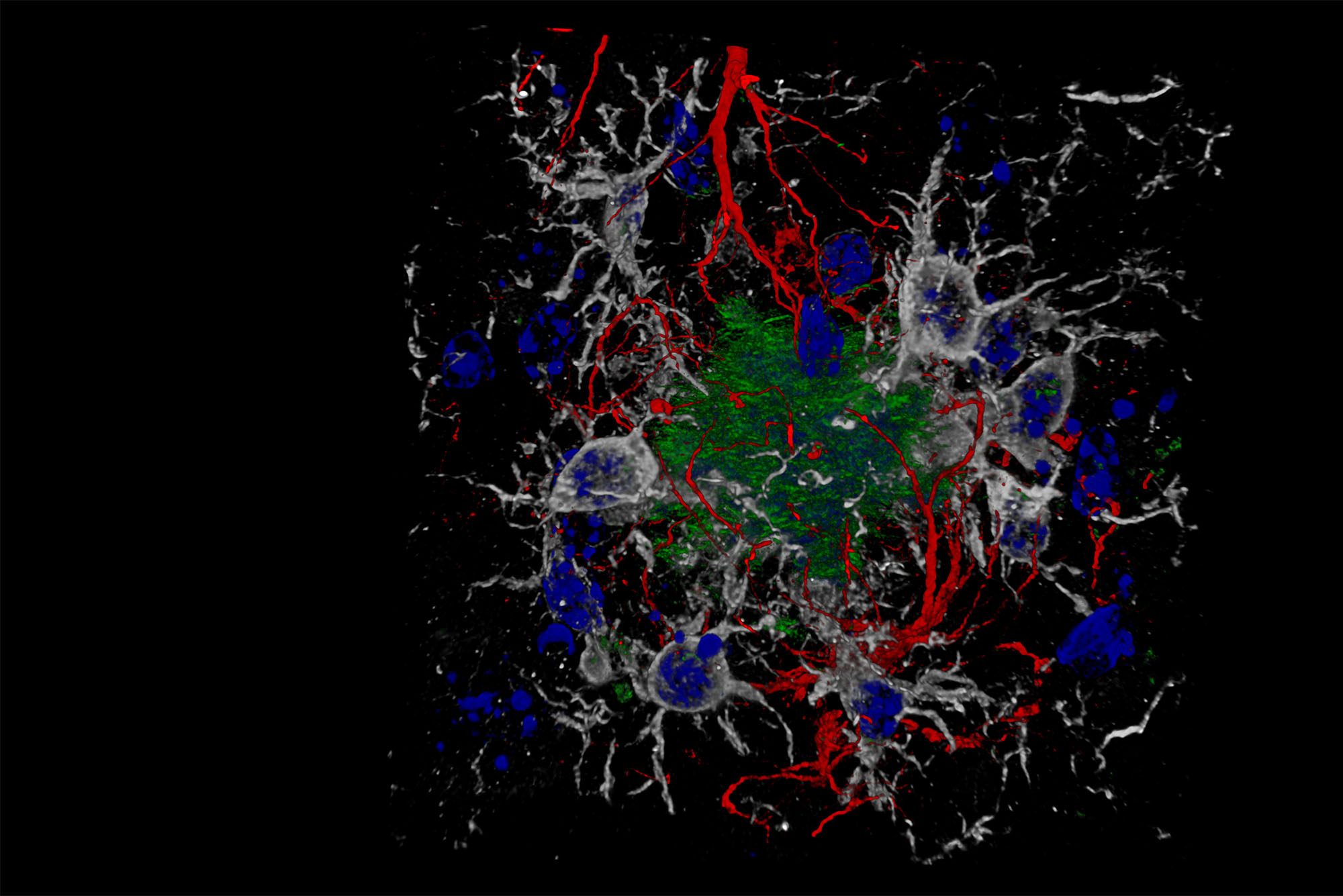
7
Around the world, 55 million people have dementia, most of them with Alzheimer’s disease. And at BU, researchers are taking a variety of approaches to improving Alzheimer’s diagnosis, treatment, and care, while also plotting the route to a cure.

8
In September, the US Food and Drug Administration approved Bristol Myers Squibb’s Cobenfy, a drug heralded as the first major new treatment for schizophrenia in 70 years. But was the hype overblown? We asked two BU psychologists who study schizophrenia what Cobenfy might mean for patients.

9
Over the past four years, we’ve become familiar with the symptoms of coronavirus infection, from fatigue to cough to loss of taste. But a study of more than 2,000 women found it can also impair sexual function. “If you’re sick with COVID, you’re probably less interested in sex and maybe your body is less prepared to have sex,” said BU researcher Amelia M. Stanton, who helped lead the study. “But what might be surprising to some folks is that long COVID symptoms really may have a physiological and psychological impact on sexual well-being for women.”
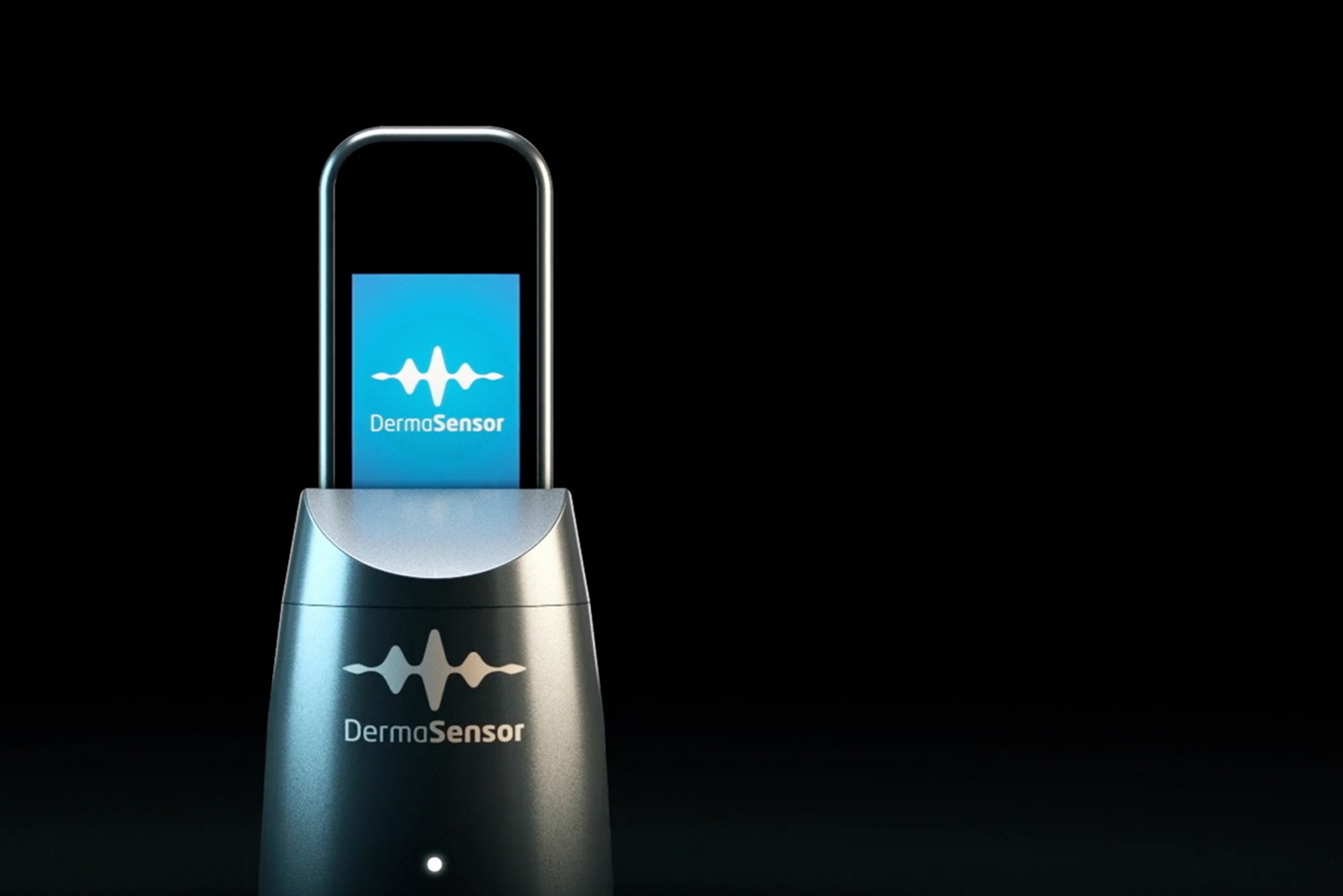
10
A new noninvasive skin cancer detection device, cleared by the US Food and Drug Administration, uses light to help clinicians spot potentially malignant lesions—and it’s powered by a sensing technology developed and refined by a BU engineer. The DermaSensor could cut missed skin cancers in half, according to its eponymous manufacturer. In October, Time magazine named it one of the best inventions of 2024.

Comments & Discussion
Boston University moderates comments to facilitate an informed, substantive, civil conversation. Abusive, profane, self-promotional, misleading, incoherent or off-topic comments will be rejected. Moderators are staffed during regular business hours (EST) and can only accept comments written in English. Statistics or facts must include a citation or a link to the citation.